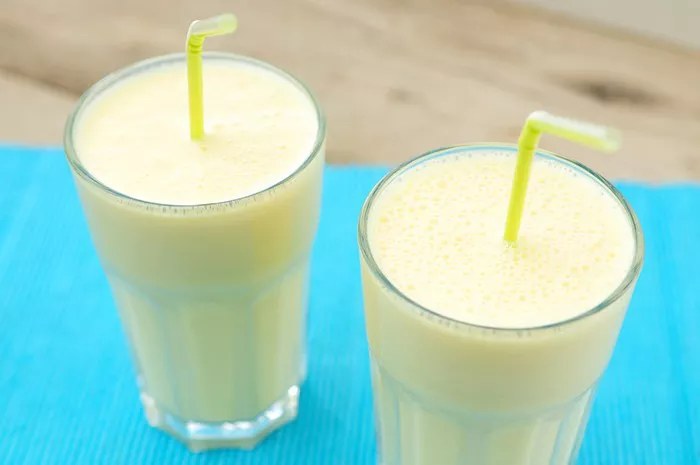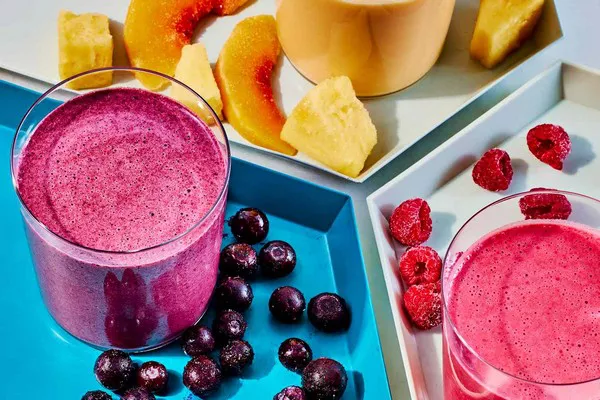Dessert is more than a course to end a meal—it is a universal experience tied to comfort, joy, and satisfaction. But what happens when cravings strike and your pantry seems empty? This article explores creative solutions for crafting desserts with minimal ingredients while diving into the psychology behind why improvisation can be both rewarding and mentally nourishing.
The Psychology of Dessert Cravings
Humans are biologically wired to seek sweetness. From an evolutionary perspective, our ancestors associated sweet flavors with energy-rich foods, which were crucial for survival. Today, sugar activates the brain’s reward system by releasing dopamine, a neurotransmitter linked to pleasure and motivation. This explains why dessert cravings often feel urgent and non-negotiable.
Stress and emotional states also play a role. During moments of anxiety or fatigue, the brain seeks quick sources of comfort. Desserts provide a temporary emotional lift, making them a common coping mechanism. Understanding this connection helps reframe dessert-making as an act of self-care rather than indulgence.
Principles of Improvised Dessert-Making
The key to improvising desserts lies in redefining “nothing.” Most pantries contain overlooked staples like flour, sugar, salt, and basic fats. By applying foundational culinary techniques, these ingredients transform into satisfying treats. Below are guiding principles:
Embrace Simplicity
Complex recipes require specialized ingredients, but minimalist desserts rely on ratios and method. For example, a three-ingredient shortbread (butter, sugar, flour) highlights how texture and technique elevate basics.
Leverage Texture Contrast
Even simple desserts become memorable with contrasting textures. A crispy cookie paired with a creamy dip or a soft pudding topped with crunchy crumbs creates multisensory satisfaction.
Utilize Heat Creatively
Heating transforms ingredients. Toasting oats or caramelizing sugar unlocks depth of flavor, making humble components feel luxurious.
Pantry Staples That Save the Day
Before diving into recipes, assess your pantry. Common items like these can become dessert heroes:
Flour: The base for cakes, cookies, and pancakes.
Sugar: White, brown, or honey—adds sweetness and aids in texture.
Eggs: Provide structure for custards, meringues, or binding baked goods.
Butter or Oil: Essential for richness and moisture.
Milk or Powdered Milk: Adds creaminess to puddings or sauces.
Cocoa Powder: Instantly creates chocolatey depth.
Spices: Cinnamon, vanilla extract, or nutmeg enhance flavor.
Easy Dessert Ideas with Basic Ingredients
Classic Mug Cake
A mug cake is a lifesaver. Mix 4 tablespoons flour, 3 tablespoons sugar, 2 tablespoons cocoa powder, a pinch of salt, and 3 tablespoons milk or water in a mug. Add 1 tablespoon oil and microwave for 90 seconds. Top with a sprinkle of sugar or peanut butter.
Why It Works: The microwave mimics oven baking, while cocoa masks the simplicity. The single-serving size satisfies cravings without waste.
Caramelized Banana “Ice Cream”
Slice bananas and freeze them overnight. Blend frozen slices with a splash of milk until smooth. For added flair, sauté banana slices in sugar and butter before blending.
Why It Works: Freezing and blending create a creamy texture without an ice cream maker. Caramelization adds complexity, tricking the brain into perceiving luxury.
Pancake Stack Dessert
Prepare pancake batter (flour, milk, egg, baking powder) and cook small, thick pancakes. Layer them with jam, honey, or a drizzle of melted chocolate.
Why It Works: Pancakes are versatile. Stacking them mimics cake layers, offering a celebratory feel with everyday ingredients.
Bread Pudding
Tear stale bread into chunks. Whisk milk, sugar, and egg, then soak the bread. Bake until golden. Add raisins or cinnamon if available.
Why It Works: Stale bread absorbs custard, becoming tender. The dish exemplifies resourcefulness, reducing food waste while providing comfort.
Chocolate Pudding
Mix 2 tablespoons cocoa powder, 3 tablespoons sugar, 2 tablespoons cornstarch, and a pinch of salt. Gradually whisk in 1.5 cups milk and cook over medium heat until thickened. Chill before serving.
Why It Works: Cornstarch creates a silky texture without eggs. The process mirrors traditional pastry techniques, offering a sense of accomplishment.
The Psychological Benefits of Improvisation
Creating desserts from limited ingredients isn’t just practical—it’s mentally empowering. Here’s how:
Fosters Creativity
Constraints force innovation. Psychologists call this “the limitation effect,” where boundaries boost creativity by narrowing focus. Turning scarcity into opportunity builds problem-solving skills.
Reduces Perfectionism
Improvised desserts prioritize satisfaction over perfection. This aligns with mindfulness principles, encouraging presence and acceptance. Letting go of unrealistic standards reduces stress.
Builds Resilience
Successfully making something from “nothing” reinforces self-efficacy—the belief in one’s ability to handle challenges. This confidence spills into other areas of life.
Strengthens Emotional Connection
The act of cooking releases oxytocin, the “bonding hormone.” Sharing a humble dessert with others fosters connection, even if the offering isn’t elaborate.
Enhancing the Experience with Presentation
Presentation elevates simple desserts. Use these tips:
- Dust with Powdered Sugar: A white sprinkle adds visual appeal.
- Layer Textures: Add crushed nuts or granola for crunch.
- Use Colorful Plates: Contrasting colors make food look more appetizing.
The Role of Mindfulness in Dessert Enjoyment
Savoring dessert mindfully amplifies satisfaction. Follow these steps:
Pause Before Eating: Appreciate the appearance and aroma.
Take Small Bites: Let flavors linger on the tongue.
Reflect on the Process: Acknowledge the effort behind the creation.
Mindfulness slows consumption, allowing the brain to register fullness and pleasure more effectively.
When Improvisation Feels Overwhelming
For some, scarcity triggers stress rather than creativity. If anxiety arises, remember:
- Start Small: Choose one-ingredient treats (e.g., dark chocolate squares).
- Reframe Thoughts: View limitations as a game, not a failure.
- Seek Comfort in Routine: Repeating a simple recipe builds confidence.
Conclusion
Dessert-making with limited ingredients is an exercise in creativity, psychology, and resourcefulness. By understanding the science behind cravings and embracing improvisation, anyone can turn pantry staples into memorable treats. The process not only satisfies sweet tooths but also builds resilience, reduces stress, and fosters joy. Next time your kitchen seems bare, remember: with a little ingenuity, “nothing” can become something extraordinary.
Related topics:























